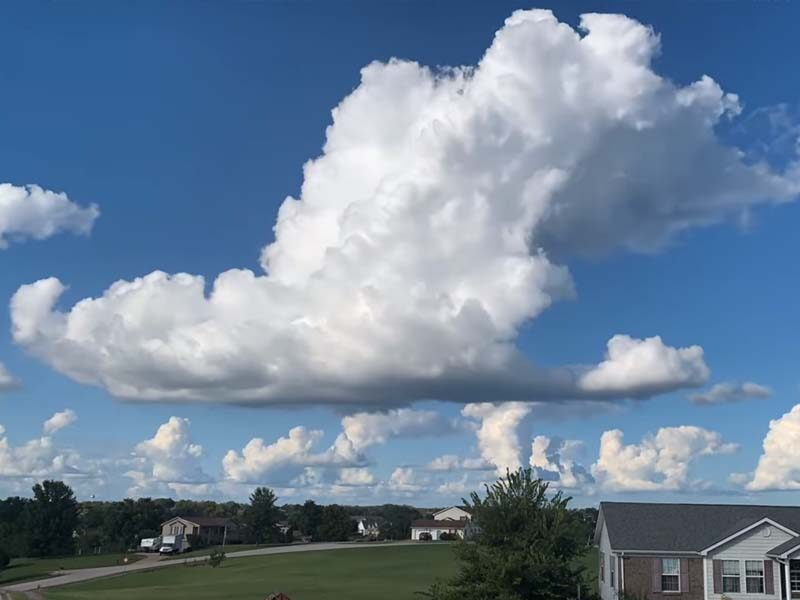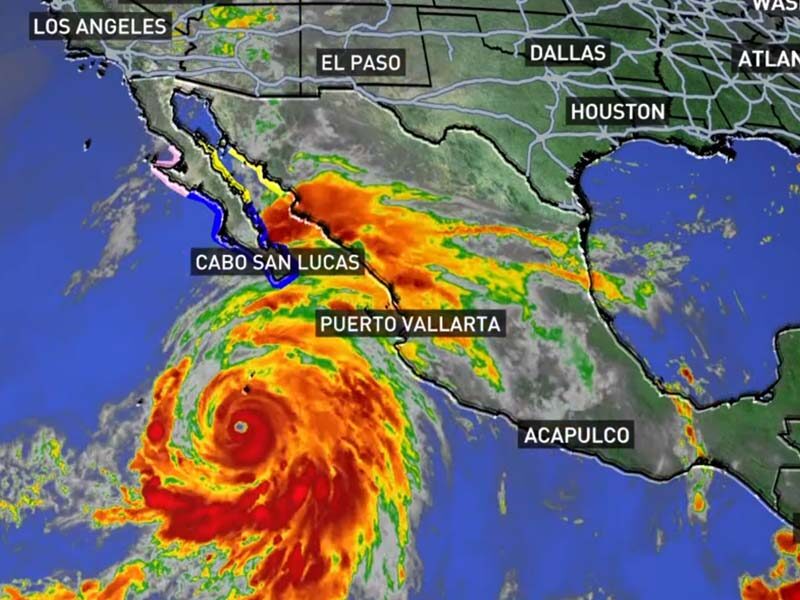The earliest predictions appeared in the century before last, and they are connected with sad events. Robert Fitzroy committed suicide because of the inaccuracy of his predictions, which were published in the Times on August 1, 1861.
The weather data was broadcast on the radio in 1922 and became a regular feature in six months. And in 1936 it was shown on television as a chart.
On January 11, 1954 the forecast as it exists today was born. From the TV screen, the anchor told about the air temperature and showed the meteorological situation on a map. The first presenter, George Cowling, would talk for five minutes about what awaited people outside the window in the near future.
The nineteenth century saw the rapid development of thermodynamics and hydrodynamics. As a consequence, weather forecasting also moved to a new mathematical level of understanding of the problem.
A pioneer in this field was the American meteorologist Cleveland Abbe, whose first works in meteorology date back to 1873. In his major work The physical basis of long-range weather forecasting, published in 1901, he was the first to apply mathematics to the problem of weather forecasting: “Meteorology is the application to the atmosphere of the laws of hydrodynamics and thermodynamics”. Models for prediction were not yet available, but the first step in that direction had been taken. Ebbe urged his colleagues, “Look at the problem of forecasting seriously and develop graphical, analytical, and numerical methods for solving it.”
Immediately after, namely in 1904, the work of the Norwegian meteorologist Wilhelm Bjerknes “The problem of weather forecasting as a problem in mechanics and physics” was published. In his work the Norwegian went further than his predecessor and made a precise statement of the problem of weather forecasting, dividing it into two steps.
Berkens was the first to identify the 7 basic variables describing the state of the atmosphere: pressure, temperature, density, humidity, and the three components of airflow velocity. He also developed the first system of equations, the solution to which gives weather forecasts. The system included one equation for each dependent variable describing the atmosphere: three hydrodynamic equations of motion, the continuity equation, the equation of state, and equations expressing the first and second laws of thermodynamics.
The real innovator and inspirer of all subsequent generations of meteorologists was Lewis Fry Richardson, who was the first to apply numerical methods to integrate the system of Berckens’ equations. He described his experience in meteorological research in detail in “Weather Prediction by Numerical Process,” published in 1922.
Paradoxically, both the main merit and the main mistake of Richardson was a single numerical calculation of the prediction of pressure changes at a particular point in Europe, which he cited in his book. On the one hand, this example was the first mathematical example of calculating a weather forecast. On the other hand, this example of calculation had a completely absurd result. According to the scientist’s calculations the pressure change in 6 hours was to be 14.5 kPa, which is an absurd value.
His calculation was correct, the error was in the incorrect initial conditions. A recalculation of the initial conditions that followed years later showed that Richardson’s algorithm was correct.
This famous example attracted ambitious mathematicians to his side, but it also drove away all those who doubted his work. It took decades before the first comprehensive implementation of Richardson’s mathematical model took place.


